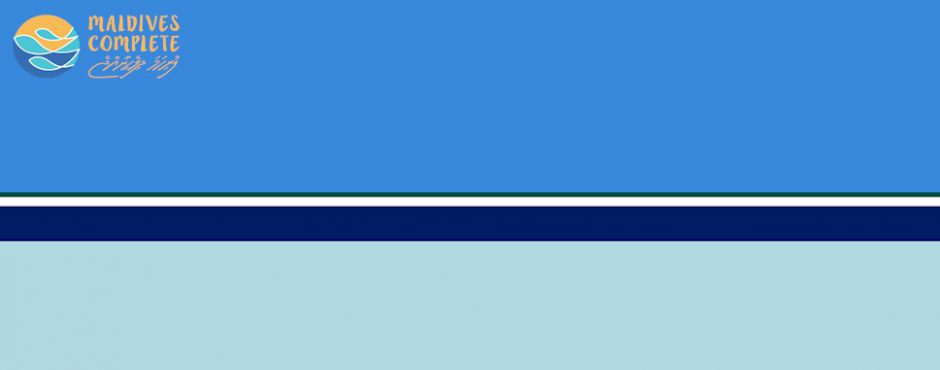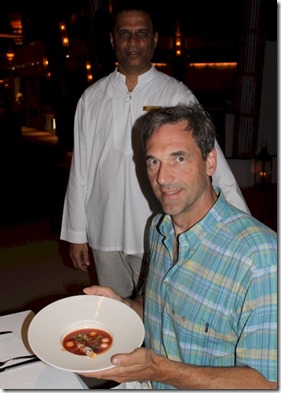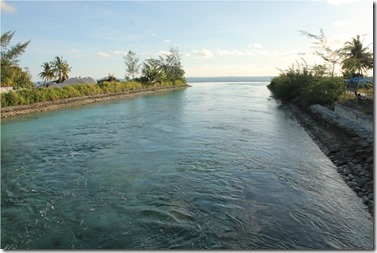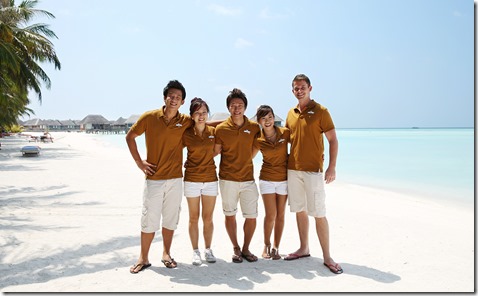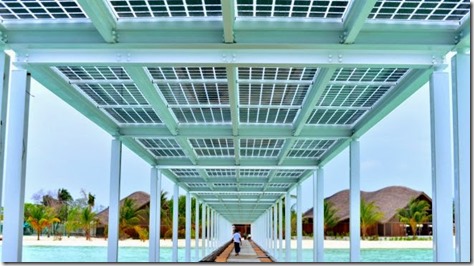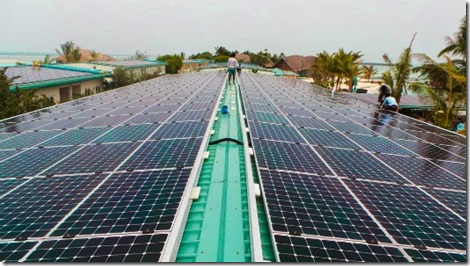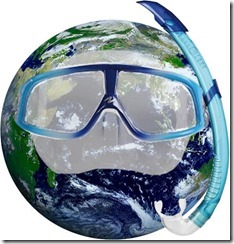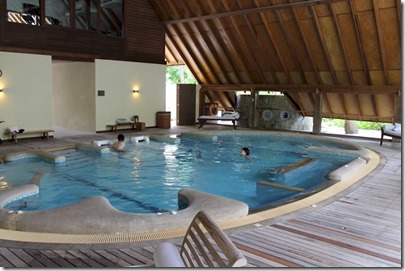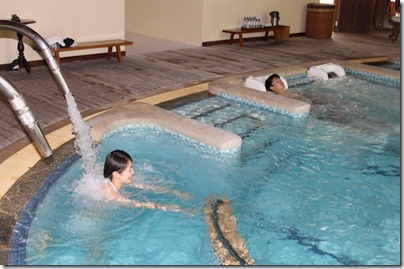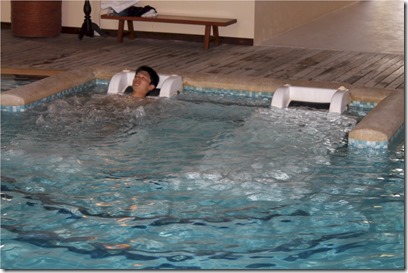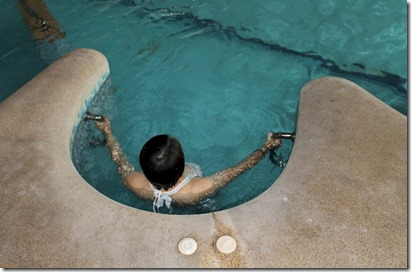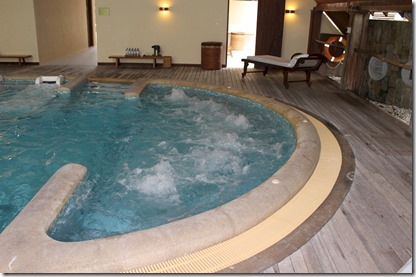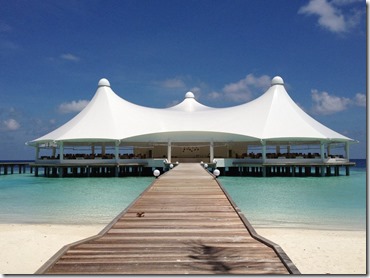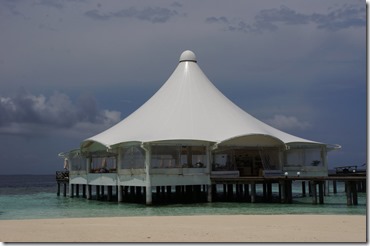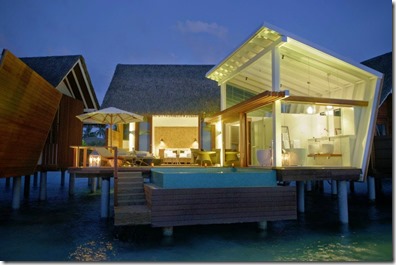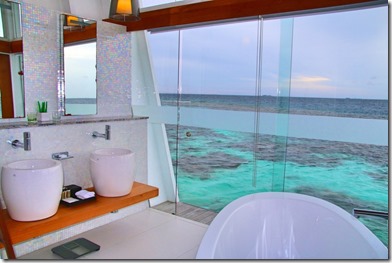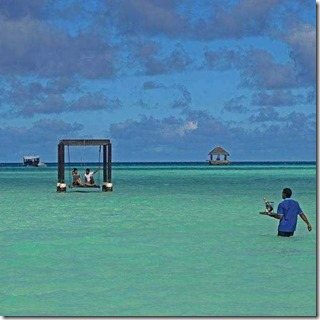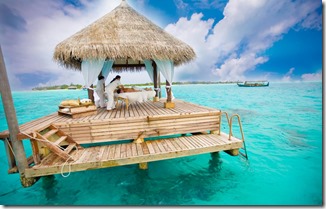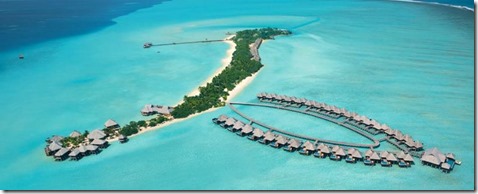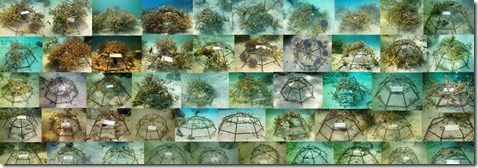Watermelon Day! (honest)
One of our favourite fruits in the Maldives. The stuff you get in England is just so flavourless compared to what they serve at the resorts. It is one of those items that we probably eat close to every day during our visits (along with pina coladas). We have it in nicely cut chunks, we have it as a juice. But Shangri-La Villingili was the first time we had it as a soup (presented above by Food and Beverage Director Mohammed Asiz). Great combo – one of our favourite fruits with one of our favourite dishes, gazpacho.
Thi “Javvu Summer Gazpacho” is made with Roma tomato, watermelon, pickled jalapenos and green grapes. They also feature a delectable “Chilled Honey Melon Gazpacho” at their Fashala restaurant (organic honey melon, garden mint granite, parma ham, garlic with very subtle almost silky texture).
